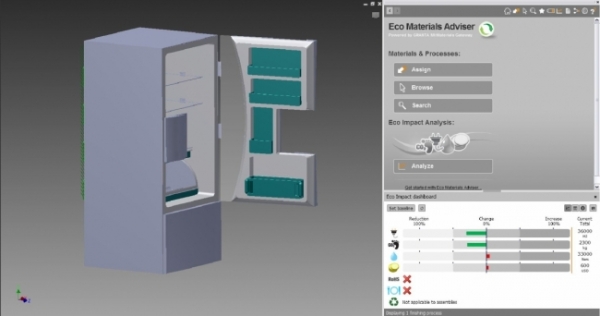You are here
Persuasive Design: Motivation
Improving people's motivation to behave more sustainably is another key to persuasive design. Even if people have the ability, they still won't do it unless they're motivated. There are lots of ways to get people to care.
A classic motivator is rewards for good behavior. For example, a fitness tracker can offer fun little interactions and encouragement for continued exercise. Conversely, negative interactions can help discourage less sustainable behavior, such as a car beeping its horn when you leave the lights on.
Another motivation strategy is to make your sustainable product extremely likable or attractive, so users want to use it.
People are very motivating, even if your users don't interact with them. Modeling green behavior encourages others to change their own behavior. You can either help your user model their behavior for others, or help your user see and copy other people's green behavior. Sharing platforms like instructables.com can be great for this.
Social interaction is an extremely powerful strategy, providing users with the opportunity to build confidence, comfort, and competence. Users can cooperate to support each other, or they can compete with each other over who acts most sustainably. These motivations can lead to big lifestyle changes over time.
In the end, persuasive design for sustainability can help people change their lifestyles in ways that green engineering never could, just as green engineering can accomplish things that changing behavior could never do. Use both together for the smartest design, and for the greatest improvements possible.
| Attachment | Size |
|---|---|
| 2.19 MB | |
| 293.91 KB |
Tags:
Links and References
Comments

